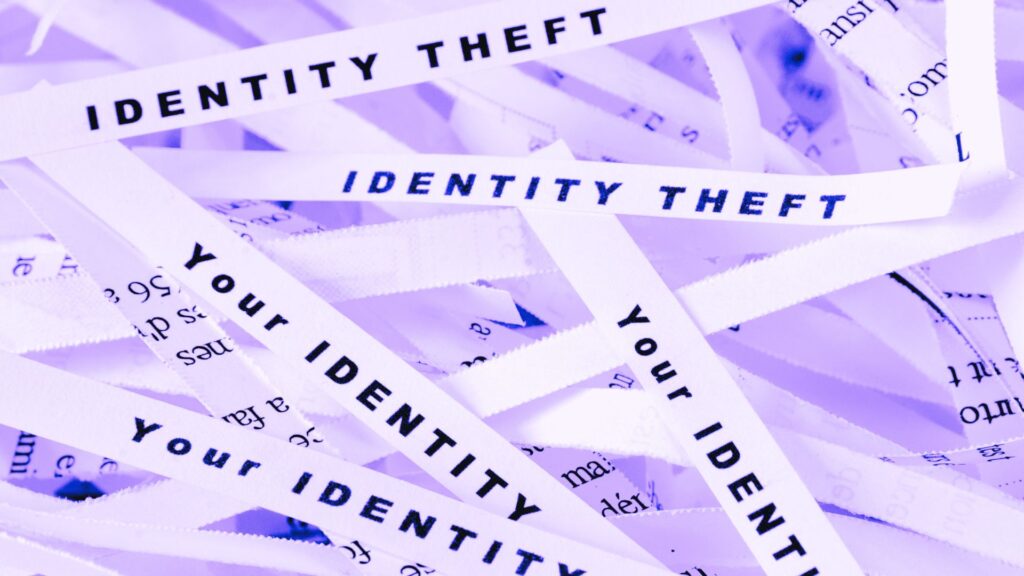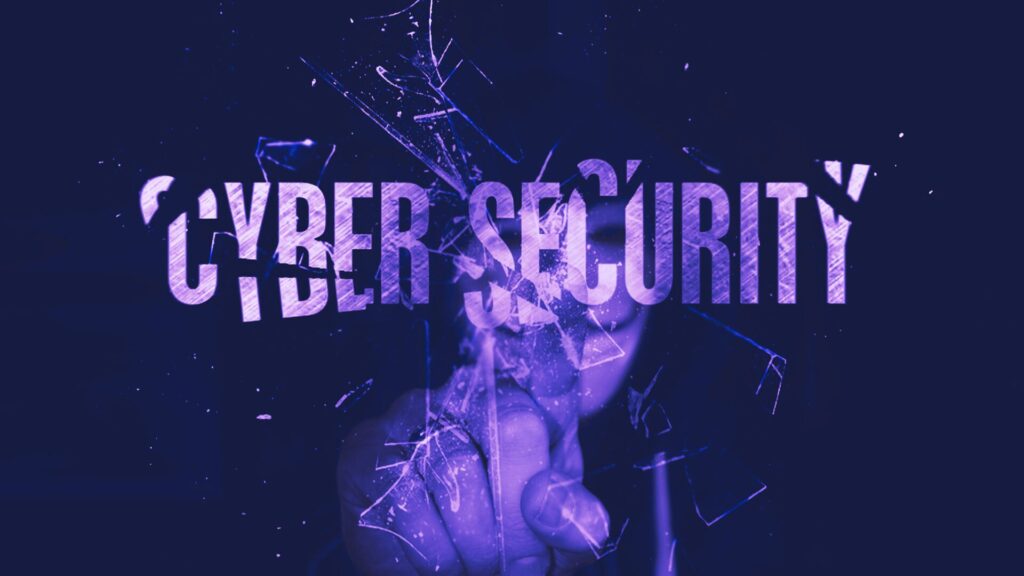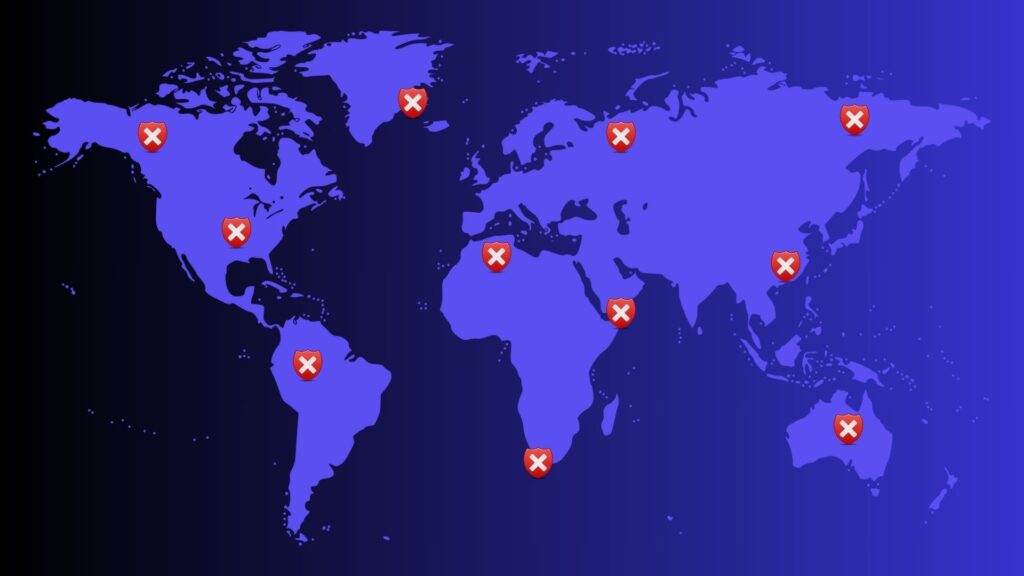What if you woke up one morning and your bank account has been drained, or you can no longer access your social media accounts because it belongs to someone else? Identity theft has become one of the scariest threats online because it’s more than someone just stealing your wallet. These cybercriminals can access all your private information without ever meeting you.
So, what is identity theft and how can you protect yourself against it, especially when your identity is the primary target? Let’s get started.
What is identity theft?
Identity theft is a type of cybercrime where cybercriminals steal your personal information. This can include your ID number or social security number, your credit card details, or even your biometric data with the intent of impersonating you. Cybercriminals will use this information to commit fraudulent activities such as accessing your bank account, opening credit cards in your name, obtaining employment as a foreign citizen, or performing other forms of crime under your name.
Cybercriminals can obtain your personal information through various means such as using social media to get information based on your posts, hacking into your computer or email, stealing your ID or social security document from your wallet, dumpster-diving (stealing personal information from your trash), stealing your physical mail, to name a few.
Types of identity theft that you’ve probably never heard of
Here are a few types of identity theft and how it could work:
- Financial identity theft. This is the most common type of identity theft where cybercriminals steal your personal information and use it to make unauthorized purchases, open accounts, or take out loans in your name.
- Medical identity theft. Cybercriminals can use your personal information to receive medical treatment or services and then you are left to pay the medical bills.
- Synthetic identity theft. Cybercriminals will create a new fake identity by combining different legitimate identities. For example, they can create a new identity by using your social security number or ID number and some else’s name. This can make it quite difficult to find out who the original person is.
- Biometric theft. Biometric data includes fingerprints, facial recognition, etc. Many of us use it for identification due to the advancements in technology. However, hackers are finding ways to steal this data and once stolen, it is nearly impossible to replace making it one of the most dangerous forms of identity theft.
- Child identity theft. Unfortunately, children are targeted too. Cybercriminals will use a child’s clean credit history to open accounts which will go undetected for years until the child is old enough to apply for credit.
How to spot the early signs before it’s too late
The earlier you can detect identity theft, the easier it is to limit the damage caused by these criminals. Here are a few signs you can look out for:
- Charges you don’t recognize. If you notice any unfamiliar charges on your credit or debit card, investigate them immediately.
- Bills for new services. If you suddenly receive bills for services that you do not use or have never used, it could be the start of identity theft.
- Credit score changes or errors. You should keep an eye on your credit score to check for any unexplained drops as it could indicate that new, unauthorized accounts have been opened in your name.
- Unauthorized logins. You should take note of any login attempts to your accounts as it could be someone trying to access them. There are many online services that will send notifications related to login attempts so don’t ignore them.
- Increase in spam. If someone has used your identity, there is a chance that you may start receiving more spam than normal. This could be due to services they have signed up for. Be aware and investigate.
- Missing or unfamiliar physical mail. In some cases, cybercriminals may change your information as part of the attack. You should take note if some of your normal, expected mail is missing, or you start receiving unexpected mail for services you are not aware of.
- Rejected tax returns. If your tax return is suddenly rejected, it could be a sign that someone is using your identity for malicious purposes which may result in your returns having “missing” data.
How you can defend yourself against identity theft
While you may know what to look out for, what can you do to protect yourself against identity theft? Here are a few tips you can use:
- Use strong, unique passwords. Ensuring that your password is not easy to guess is still your first line of defense. You should include uppercase, lowercase, numbers, and special characters in your password and don’t use the same password for multiple accounts.
- Use MFA. Multifactor authentication, or MFA, is a good second line of defense as it will require an additional authentication step even when someone tries to use your password.
- Monitor your credit. You should try to check your credit score at least once a year. This will help you identify if there are any changes that you are not aware of. Most countries allow one free credit report per person per year.
- Use alerting services. Enable the alert settings on your accounts to ensure that you receive notifications of any login attempts or suspicious activity.
- Be cautious with public or free Wi-Fi. Public Wi-Fi can often be unsecure. Hackers often use public Wi-Fi to access your data using man-in-the-middle attacks. If you need to use public Wi-Fi, consider using a VPN to encrypt your connection.
- Shred important documents. This may seem old-school but shredding your important documents before discarding them helps to prevent dumpster-diving thieves from stealing your data.
What to do if you think you are a victim of identity theft
Unfortunately, there is always the possibility that you could be targeted and become the next victim of identity theft. Here are the steps you can take if you suspect that your identity may have been stolen:
- Gather as much evidence as possible as this will form the basis of your case.
- Report the potential identity theft to the police and make sure that you receive a case number.
- Inform the credit bureaus of the fraudulent activity on your account.
- Contact your bank to ensure they are aware and that they can investigate the suspicious activity. In some cases, they may freeze your account to stop further malicious activity.
- Lodge a query with all creditors so that your accounts are investigated. This may result in your accounts being closed to ensure that no further malicious activity takes place.
Your data is everywhere: Start limiting it
One of the best ways to protect yourself from identity theft is to limit the amount of personal information that you share online. Here are a few methods you should consider:
- Limit your sharing on social media. Try not to share too much personal information on social media platforms. Hackers can use this information as part of their attack, including using the information to guess the answers to your security questions.
- Remove your personal information from public databases. There are some services that will help you remove your information from databases. While it is not guaranteed, it can help reduce your chances of a cybercriminal getting access to your information.
- Check for any breaches. Your personal information may be included in a data breach, and you need to be aware of it. Consider using services like have I been pwned to check if your account has been breached so that you can update your information as soon as possible.
Identity theft is a horrendous cybercrime that can cause havoc in your life. However, if you use these tips to protect yourself, you can make it much harder for cybercriminals to target you. Remember that being informed and aware is one of the best defenses against cyberattacks. Be secure!



